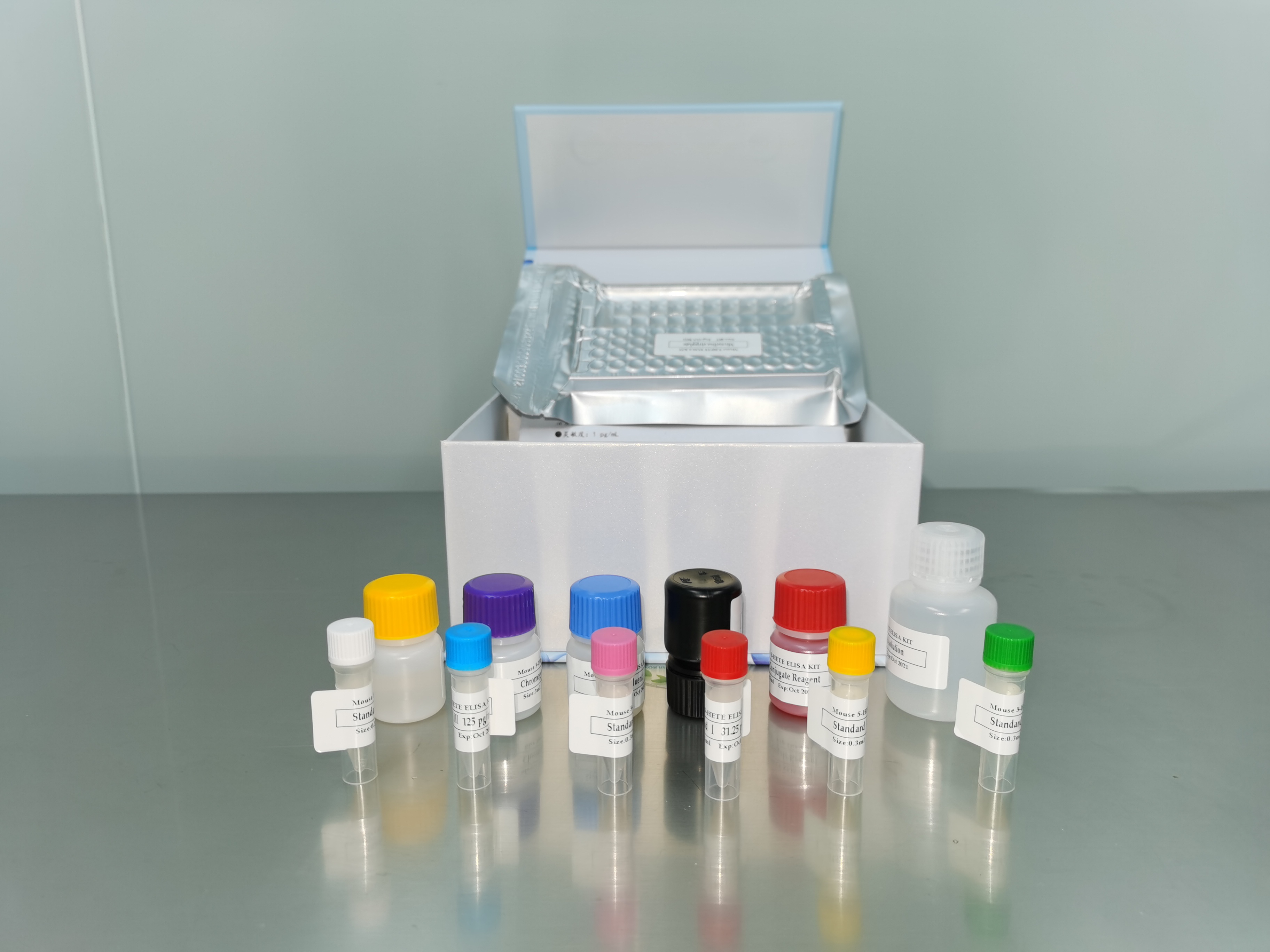| 产品名称: | U-CH2 |
|---|---|
| 商品货号: | TS138299 |
| Organism: | Homo sapiens, human |
| Tissue: | sacral bone |
| Product Format: | frozen |
| Morphology: | Mesencymal like, with variable vacuoles |
| Culture Properties: | adherent |
| Biosafety Level: | 1
Biosafety classification is based on U.S. Public Health Service Guidelines, it is the responsibility of the customer to ensure that their facilities comply with biosafety regulations for their own country. |
| Disease: | tumor, chordoma |
| Age: | 72 years |
| Gender: | female |
| Ethnicity: | Caucasian |
| Applications: | Use as a modelxa0for chordoma which is a rare slow-growing tumor
The Chordoma Foundation may be able to offer financial assistance for the purchase of this cell line. Please contact cells@chordoma.org for more information. |
| Shipping Information: | frozen |
| Storage Conditions: | liquid nitrogen vapor phase |
| Images: |  |
| Derivation: | This cell line was established from tumor tissue obtained from a 72-year old female patient with recurrent sacral chordoma. |
| Genes Expressed: | amplification of transcription factor T (brachyury) |
| Comments: | U-CH2 is a human chordoma cell line that was established from tumor tissue obtained from a 72-year old female patient with recurrent sacral chordoma. It exhibits chordoma-like characteristics, and has molecular, genetic, and morphological features typical of chordoma.xa0 Chordoma is a rare slow-growing tumor type, and U-CH2 is a relatively slow-growing cell line.xa0 U-CH2 has a heterogeneous morphology consisting of physaliferous cells with mucinous intercellular substance, which represent typical chordoma features. The cells contain amplification of transcription factor T (Brachyury) that is most specific marker for chordoma. This cell line was accessioned with the support of the Chordoma Foundation, a nonprofit organization working to improve the lives of chordoma patients by accelerating research to develop effective treatments for chordoma. |
| Complete Growth Medium: | Iscoves Modified Dulbeccos Medium (IMDM; ATCC® No. 30-2005): RPMI-1640 Medium (ATCC® No. 30-2001) (4:1) + 10% FBS (ATCC® No. 30-2020) + additional 1% L-glutamine (ATCC® No. 30-2214) |
| Subculturing: | Coating description: Dilute rat tail type I collagen (BD Biosciences, Catalog No. 354236) to 50 μg/ml. Add 7.5 ml coating buffer to flask and incubate at room temperature for one hour. Carefully aspirate remaining solution. Rinse flask 2 times to remove acid, using 1x DPBS. Coated flasks may be used immediately or stored at 2-8°C up to one week under sterile conditions. Volumes used in this subculture protocol are for a 75 cm2 flask; proportionally reduce or increase amount of dissociation medium for culture vessels of other sizes.
|
| Cryopreservation: | Freeze medium: 70% complete growth medium supplemented with an additional 20% fetal bovine serum and 10% DMSO |
| Culture Conditions: | Temperatue: 37°C Atmosphere: air, 95%; carbon dioxide (CO2), 5% |
| STR Profile: | xa0xa0xa0xa0xa0xa0xa0xa0xa0xa0xa0xa0xa0xa0xa0xa0TH01: 9.3 xa0xa0xa0xa0xa0xa0xa0xa0xa0xa0xa0xa0xa0xa0xa0 D5S818: 10, 11xa0xa0xa0xa0xa0xa0xa0xa0xa0xa0xa0 xa0xa0xa0xa0xa0xa0xa0xa0xa0xa0xa0xa0xa0xa0xa0 D13S317: 11 xa0xa0xa0xa0xa0xa0xa0xa0xa0xa0xa0xa0xa0xa0xa0 D7S820: 8, 12 xa0xa0xa0xa0xa0xa0xa0xa0xa0xa0xa0xa0xa0xa0xa0 D16S539: 12 xa0xa0xa0xa0xa0xa0xa0xa0xa0xa0xa0xa0xa0xa0xa0 CSF1PO: 11, 12 xa0xa0xa0xa0xa0xa0xa0xa0xa0xa0xa0xa0xa0xa0xa0 Amelogenin: X xa0xa0xa0xa0xa0xa0xa0xa0xa0xa0xa0xa0xa0xa0xa0 vWA: 17 xa0xa0xa0xa0xa0xa0xa0xa0xa0xa0xa0xa0xa0xa0xa0 TPOX: 8 |
| Passage Number: | 20 |
| Name of Depositor: | Silke Bruderlein, Peter Moller |
| Year of Origin: | September 11, 2000 |
| References: | Bruderlein S, et al. Molecular characterization of putative chordoma cell lines. Sarcoma 2010: 630129. Epub 2010 Dec 30. PubMed: 21253487 Presneau N, et al. Role of the transcription factor T (brechyury) in the pathogenesis of sporadic chordoma: a genetic and functional-based study. J. Pathol. 2239(3): 327-335, 2011. PubMed: 21171078 |


